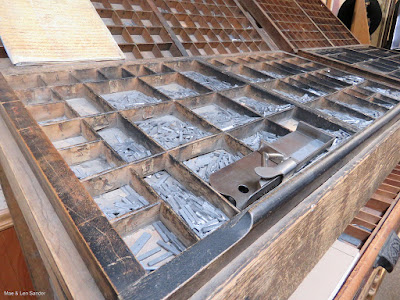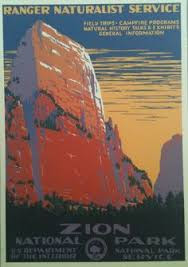 |
| A Japanese paper screen from the Freer Gallery in Washington, DC |
 |
| Nori sheets (from Wikipedia). |
Nori, the wrapping for sushi, is a type of paper made from seaweed -- it's considered to be paper because of the way it's made from an organic substance where the fibers are chopped or otherwise cut up, put in water, and formed into sheets. I wonder if there's any other type of paper that's actually a food. The Japanese also use special paper is used for wrapping traditional foods such as mochi and for many more applications, and they preserve traditional methods of hand-made paper.
In Japanese houses, free-standing paper screens and sliding paper doors are key features. Japanese and Chinese fans are another special use of paper.
Wallpaper, roofing paper, decorations made of papier-mâché, and even some structural items made of paper have been part of traditional Western houses. Paper towels; paper plates; lunch, dinner and cocktail napkins, kleenex, and toilet paper are essentials of our lives. Also, writing paper, note paper, scrap paper, business cards.
More and more paper shipping boxes and packaging material come into our lives as collectively we buy more products on the Internet instead of in stores. And in shops we get paper bags, gift wrap, takeout or fast-food boxes and wraps, and other paper wrapping as well. On public transportation we see paper advertising posters. School children and students still use tablets, notebooks, and test books despite the incursion of computers. With computers one also needs reams of printer paper.
Artists' paper includes hand-made paper and machine made drawing paper used for watercolors, etchings, lithographs, sketches in pencil or chalk, and more. Each artist and each technique has its own requirements for appropriate paper choices. Some of the techniques are ancient, some surprisingly recent.
All types of paper were in chronically short supply until the invention of wood-pulp paper to replace rag paper. There were never enough rags to make paper in the past. Now we think there are enough forests to make all the paper we use, but maybe we're making a big mistake.
Mark Kurlansky's book
Paper: Paging Through History mentions all of these intriguing paper facts and more. To quote the
New York Times review:
"More than 2,000 years ago, the Chinese realized that plant fibers, now known as cellulose, could be beaten, mixed with water and then left on a screen to drain until a sheet — a sheet of paper — remains. This modest, practical insight changed the world. Millenniums before anyone knew what cellulose was, paper makers separated it strand by strand from wood and silk, cotton and seaweed, and devised a writing material that is still cheaper and more adaptable than any other. The history of paper is a history of cultural transmission, and Kurlansky tells it vividly in this compact, well-illustrated book." -- ‘Paper,’ by Mark Kurlansky, Anthony Grafton, May 17, 2016.
Despite all the interesting facts about the wide variety of uses for paper, Kurlansky's book is mainly concerned with the history and technology of printing, especially of newspapers, political tracts, religious tracts, and books. He covers several milestones in the technological progress of paper, as well as in the progress of printing. Sometimes I felt that he was wandering rather far from the real topic of the book. And he might not always be on target, says the NYT reviewer: "Kurlansky’s historical judgments are often trite and not seldom wrong."
Kurlansky's key point, which he repeats at intervals, is that technology is not the driver of social change -- it's the other way around. He shows how the drivers of the Reformation essentially harnessed print technology for its advancement. Revolutionaries, including the leaders of the American and French revolutions, also made use of printing and thus paper to make their ideas take hold. This is one of the points that's evidently controversial.
A fascinating book but I constantly wished he had covered printing and its larger issues less and spent more time on his announced subject!



















































